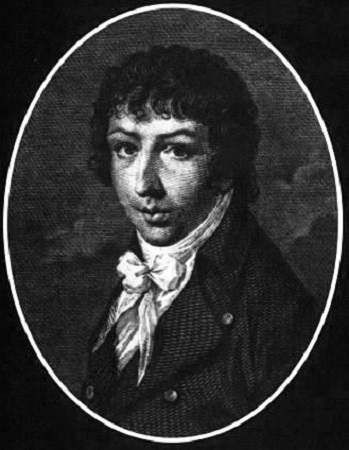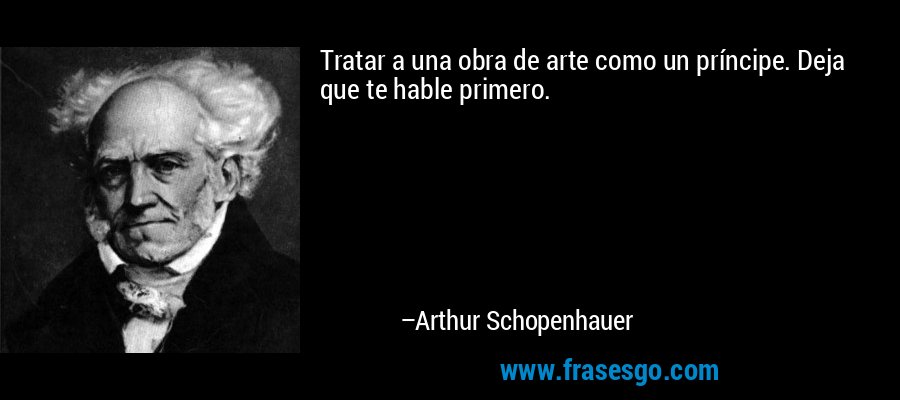Registrado: 05 Oct 2005 20:42
Mensajes: 2903
|
 Stephen John Seymour Storace (1762-1796) He was born in London. His father, Stefano Storace (b. Torre Annunziata, ca. 1725; d. London, ca. 1781), an Italian contrabassist and composer, taught him the violin so well that at ten years old he played successfully the most difficult music of the day. The composer's youth was spent entirely in the company of musicians, since his father (also a composer and arranger) was the Musical Director of Marylebone Gardens. Mistrusting the quality of musical education available in England, Stefano Storace sent his son to Italy to study, at the Conservatorio di Sant' Onofrio, Naples. Stephen neglected his musical studies in Italy, and went on painting expeditions with Thomas Jones. His interest in art may not have been entirely extinguished, however – unlike the works of any of his English contemporaries, the printed vocal scores of all his operas feature elaborate engravings of what are presumed to be the stage-designs, and it is suggested that these drawings were Stephen's own work. No other artist, at least, seems to have claimed credit for them. Towards the end of their studies, Stephen and Nancy first made the acquaintance of Michael Kelly, whom they encountered by chance in Livorno. Kelly was with English-speaking friends, and ventured an opinion (in English) as to whether the young person with Stephen was a boy or a girl. "The person is a she-animal" retorted an offended Nancy in English as the first remark in what would be a lifelong friendship with both the Storaces. Stephen John Seymour Storace (1762-1796) He was born in London. His father, Stefano Storace (b. Torre Annunziata, ca. 1725; d. London, ca. 1781), an Italian contrabassist and composer, taught him the violin so well that at ten years old he played successfully the most difficult music of the day. The composer's youth was spent entirely in the company of musicians, since his father (also a composer and arranger) was the Musical Director of Marylebone Gardens. Mistrusting the quality of musical education available in England, Stefano Storace sent his son to Italy to study, at the Conservatorio di Sant' Onofrio, Naples. Stephen neglected his musical studies in Italy, and went on painting expeditions with Thomas Jones. His interest in art may not have been entirely extinguished, however – unlike the works of any of his English contemporaries, the printed vocal scores of all his operas feature elaborate engravings of what are presumed to be the stage-designs, and it is suggested that these drawings were Stephen's own work. No other artist, at least, seems to have claimed credit for them. Towards the end of their studies, Stephen and Nancy first made the acquaintance of Michael Kelly, whom they encountered by chance in Livorno. Kelly was with English-speaking friends, and ventured an opinion (in English) as to whether the young person with Stephen was a boy or a girl. "The person is a she-animal" retorted an offended Nancy in English as the first remark in what would be a lifelong friendship with both the Storaces.
Stephen Storace returned to England sometime between the years of 1780 and 1782, most likely to settle his father's affairs after his death in Naples, which probably happened around 1780–1781. Nancy, accompanied by her mother, Elizabeth, went to Vienna in January 1783. Nancy entered into an arranged marriage (most likely arranged by her mother) to the English violinist and composer John Fisher in March 1784. The marriage only lasted a few months. It is unclear how Stephen obtained his first commission to compose an Italian opera for the Viennese stage, but the commission was most likely obtained by Nancy sometime in the fall of 1784, with Stephen arriving in Vienna sometime in late December of that same year. Stephen produced his first opera, Gli sposi malcontenti, at Vienna, on 1 June 1785. The premiere, however, was marred by the failure of his sister's voice. She was singing the prima buffa role and collapsed on-stage in mid-aria, causing the performance to be abandoned. Nancy was pregnant and gave birth to a baby girl a few weeks later. The child was given to a foundling home by Elizabeth Storace, who claimed that it belonged to Nancy's estranged husband, John Fisher, who had been banished by the Emperor some months earlier for beating Nancy. Elizabeth Storace claimed that they did not care if the child lived or died; the child died in the foundling home a month after she was born. Nancy's return to the stage four months later was marked by the performance of Per la ricuperata salute di Ofelia, composed specially for the occasion by a trio of composers – Mozart, Salieri, and the unknown "Cornetti" (which may have been a pen-name for Stephen, Salieri, or even perhaps Emperor Joseph II). This rare example of a Mozart-Salieri collaboration was discovered only in 2016.
In Vienna, the Storaces knew Mozart very well. Nancy sang Susanna at the premiere of Mozart's Le nozze di Figaro, and Kelly sang Don Curzio. Stephen was regularly playing pool with Wolfgang. One interesting anecdote is that at one occasion in 1785 Haydn, Dittersdorf, Mozart and Wanhal played Storace's string quartet, Dittersdorf taking first violin, Haydn second violin, Mozart viola and Wanhal cello. The "English circle" in Vienna also included the composer Thomas Attwood. Stephen produced a second opera in Vienna, Gli equivoci, founded on Shakespeare's The Comedy of Errors. There is no clear explanation why the Storaces abandoned Vienna at the height of their success there. The reasons are suggested to be more personal than professional. Certainly the Emperor spoke of her with great admiration, even using her abilities as an arbitrary unit of currency – "I'd not give you a Storace for it!". Quite possibly Nancy was under pressure from Elizabeth, who was not at all happy in Vienna, and wished to return to England with both of her children in tow. Nancy left Vienna in February 1787, along with her "entourage" of Michael Kelly, her brother, and Thomas Attwood. Buoyed-up by their success on the Viennese stage, the coach-party which left for London could not have imagined they would find themselves rejected and unwanted in London, where their names were quite forgotten after such a long absence. Stephen was remembered – if at all – as an infant prodigy violinist at Vauxhall Gardens, and found it very hard to secure paying work without the cherubic charm of youth behind him, and moreover as an unknown composer.
Wikipedia
Gli equivoci, opera buffa (1786). Aria: Che delirio - Ah come.

_________________

|
|



